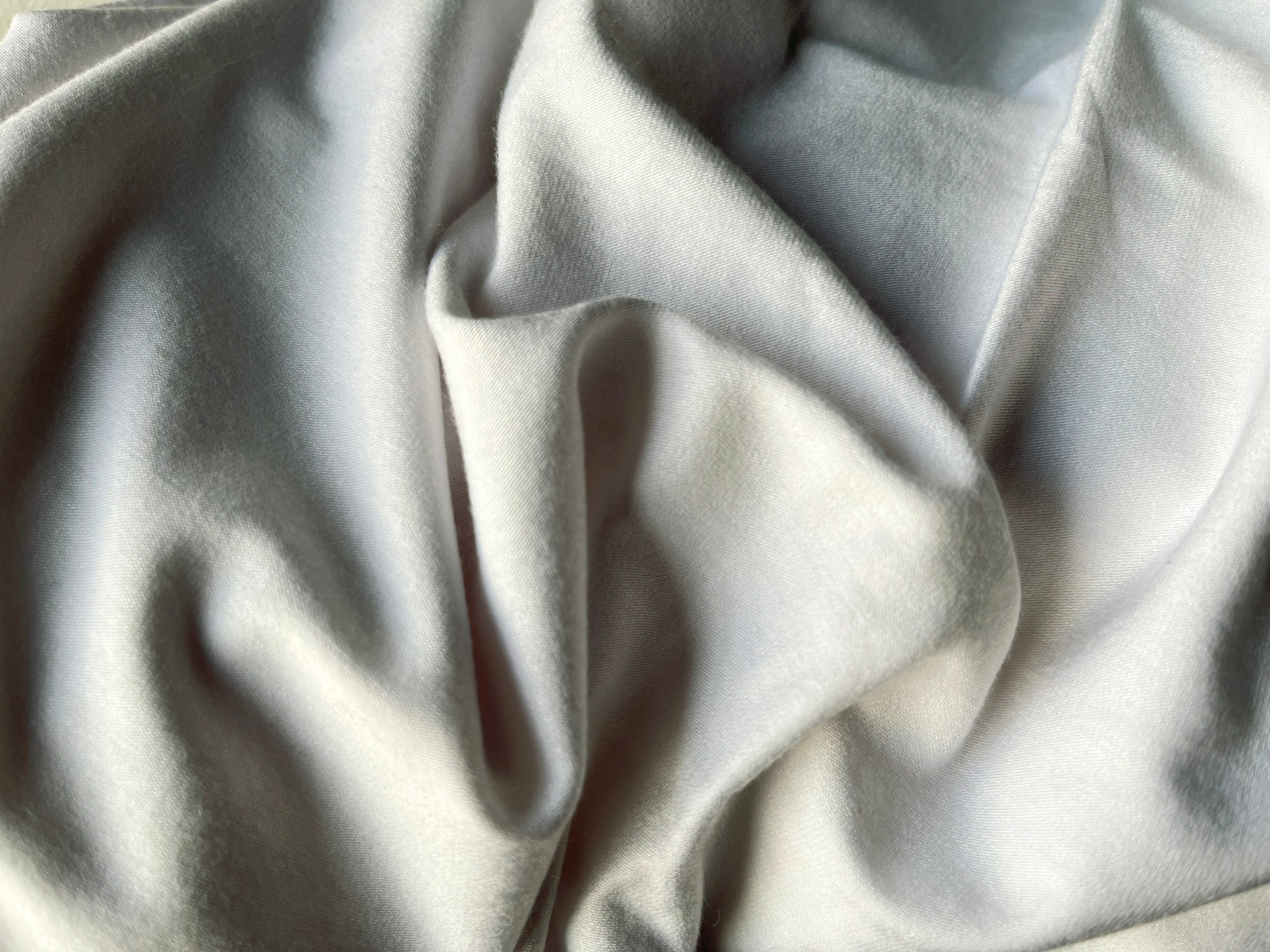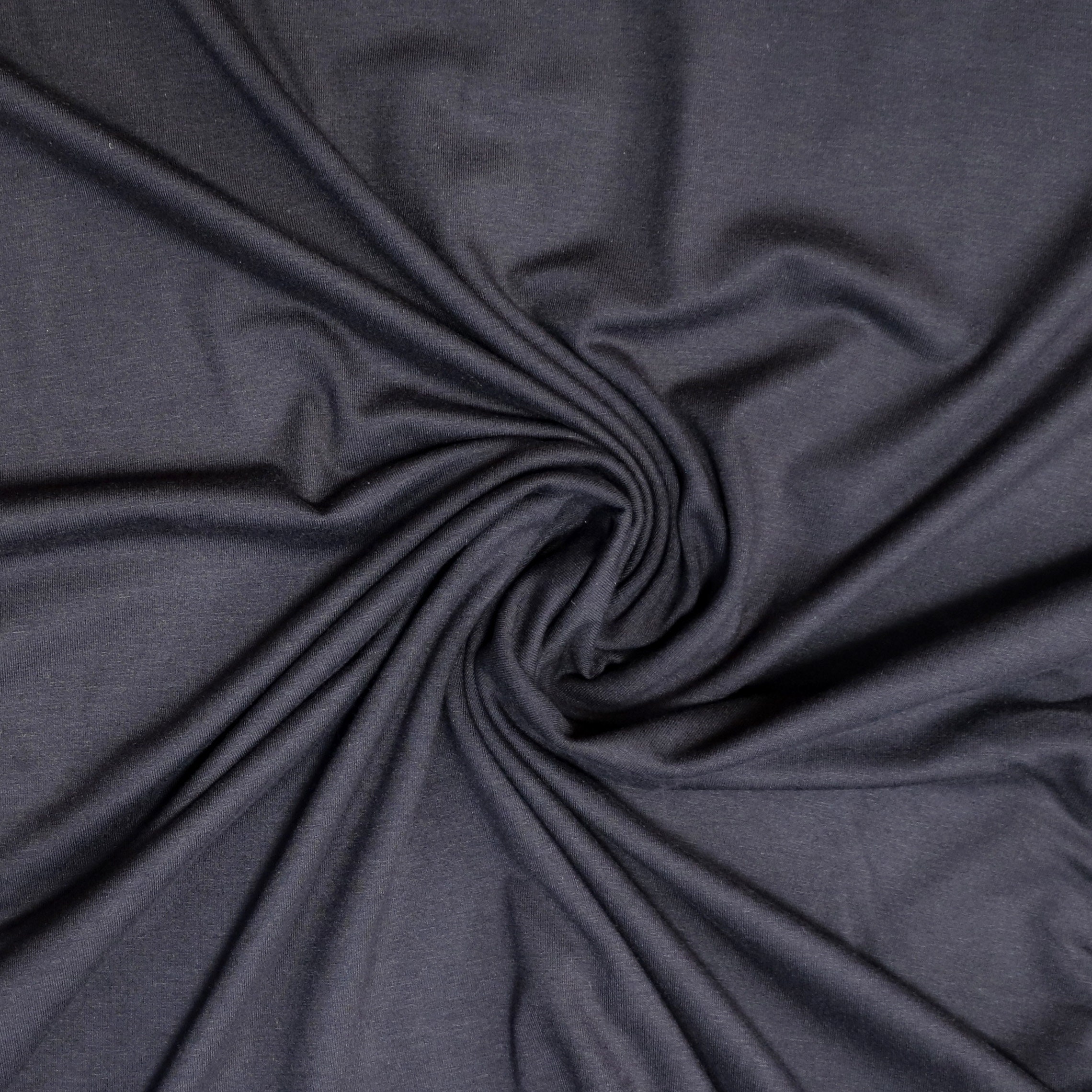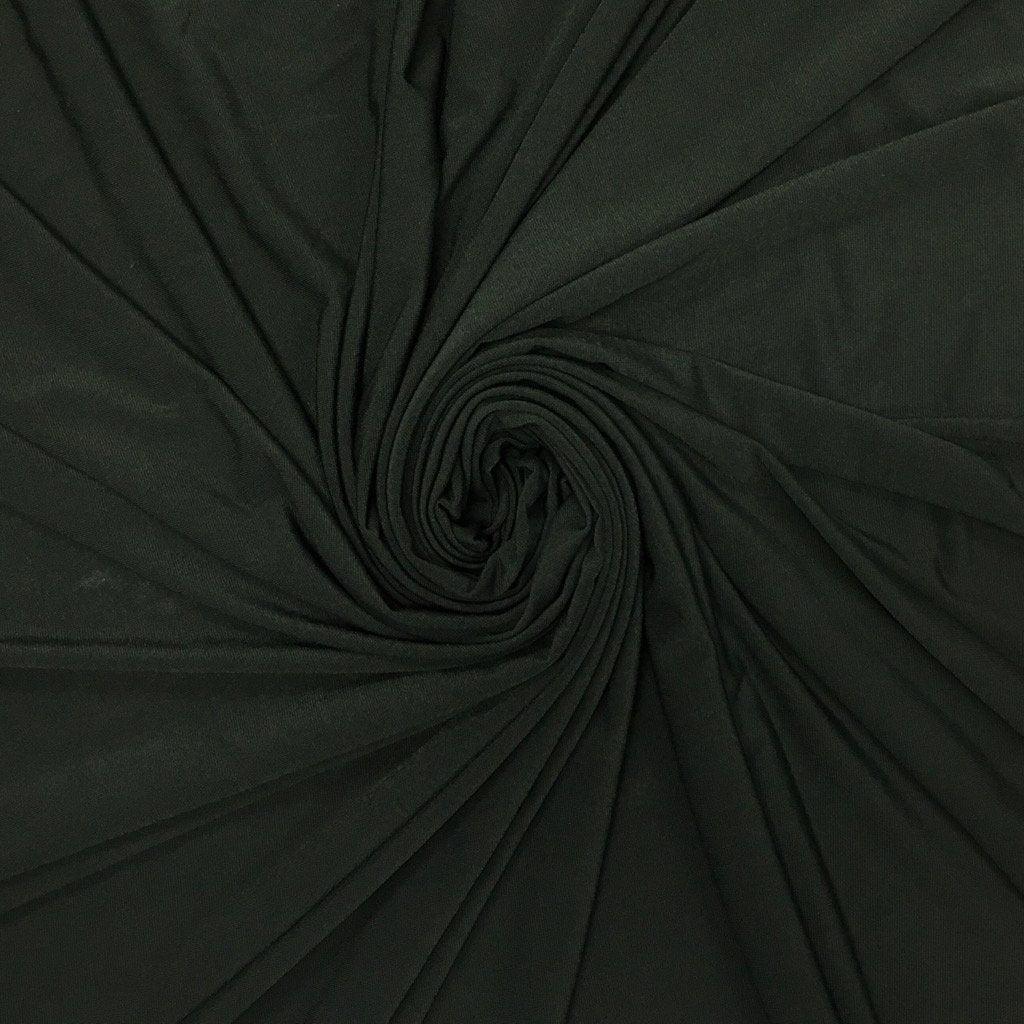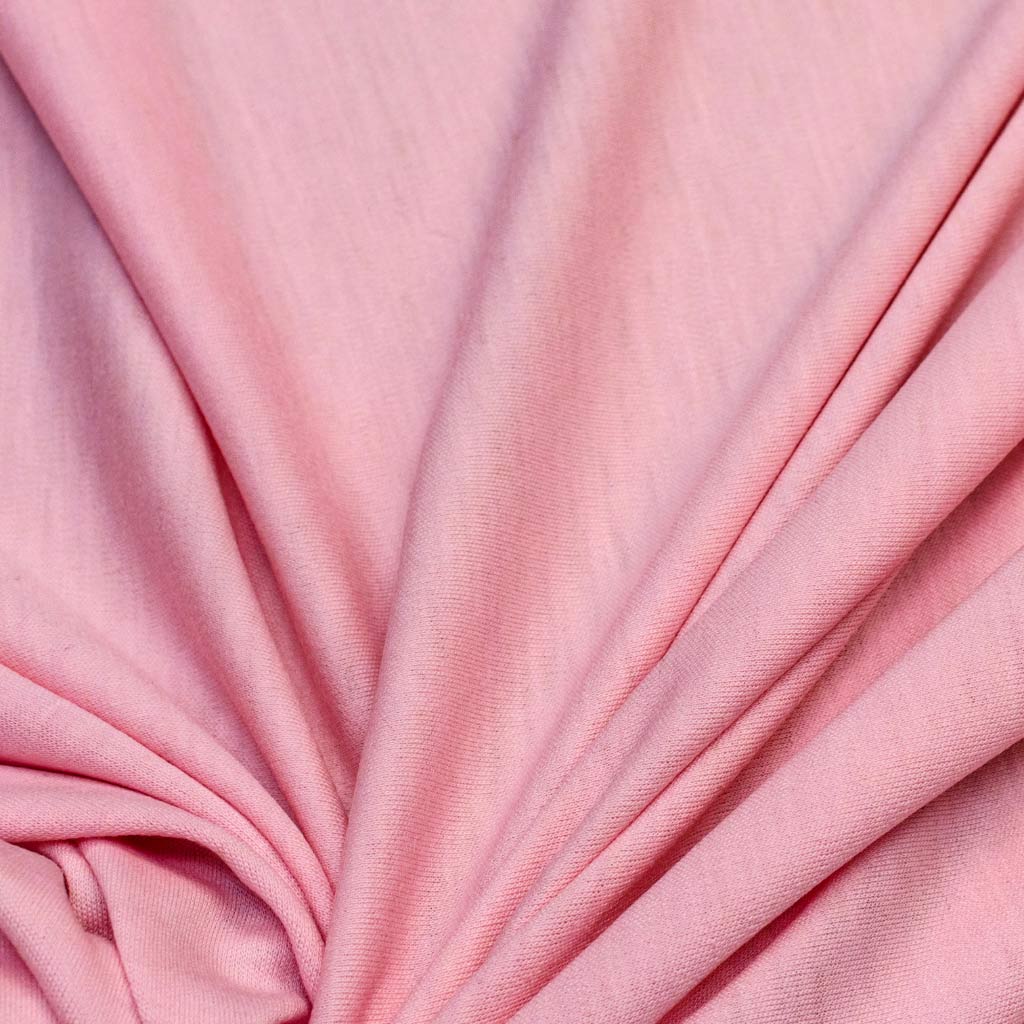Elastane fabric, also known by its more common name “spandex” or “Lycra,” is one of the most popular synthetic materials used in fashion today. With its unique ability to stretch and return to its original shape, elastane has found its place in various clothing items, from activewear to formal dresses. However, with its widespread use, the question arises: is elastane fabric good or bad for your wardrobe? This article will explore the pros and cons of elastane fabric to help you make an informed decision about incorporating it into your wardrobe.
What is Elastane Fabric?
The Origins and Composition of Elastane
Elastane is a synthetic fiber made primarily from polyurethane. It was first developed in the 1950s and has since revolutionized the textile industry with its incredible elasticity. The key characteristic of elastane is its ability to stretch up to five times its original length, which makes it a favorite for fashion designers and clothing manufacturers. Because of its stretchiness, elastane often blend with other fibers like cotton, polyester, or nylon to enhance the flexibility and fit of the fabric.
Elastane is most commonly found in garments that require a snug, form-fitting appearance, such as leggings, swimsuits, and performance wear. It also use in everyday clothing like jeans, shirts, and dresses, as it adds to the comfort and movement of the fabric. Despite its popularity, elastane is still a synthetic material, and understanding its properties can help you decide if it’s suitable for your wardrobe.

The Advantages of Elastane Fabric
1. Incredible Stretch and Flexibility
One of the standout features of elastane is its unparalleled stretch ability. Unlike most natural fabrics, elastane can stretch up to 500% of its original size and return to its normal shape without losing its structure. This makes it ideal for activewear, dance costumes, and any clothing designed for high movement or flexibility. The elasticity allows for unrestricted movement, providing comfort and ease during physical activities.
Garments made with elastane retain their shape better than most other fabrics, which is why it’s commonly used in form-fitting attire. For example, yoga pants, leggings, and athletic shorts often incorporate elastane to maintain their shape even after extensive use. The fabric’s stretchiness also helps it mold to the body, enhancing the fit of garments and making them more flattering for a variety of body shapes.
2. Durability and Shape Retention
Elastane fibers are highly resilient, meaning they retain their elasticity and structure even after repeated washing and wearing. This durability is particularly advantageous for items that see frequent use, such as workout clothing, swimsuits, and sports uniforms. Unlike fabrics that lose their shape over time, elastane helps garments maintain their original fit, so they continue to look good for longer.
Additionally, elastane resists wrinkles, making it a practical choice for clothing that needs to stay smooth and neat throughout the day. For individuals who are always on the go, this is an added bonus. The material’s ability to resist shrinking and stretching out of shape means less need for frequent replacements, which can ultimately save money in the long term.
3. Comfort and Breathability
When elastane is blended with natural fibers like cotton or wool, it can significantly enhance the overall comfort of the fabric. The addition of elastane allows for a greater range of movement, which is a key factor in how comfortable the fabric feels. Whether you’re lounging at home or participating in an intense workout, elastane offers a flexibility that makes it easy to move freely.
Elastane is also breathable, especially when used in activewear, which helps to keep the body cool and dry. While it is not as breathable as some natural fabrics like cotton, modern elastane blends design to wick moisture away from the skin, making them ideal for use in sports and outdoor activities. The fabric’s moisture-wicking properties contribute to its popularity in sportswear, where staying dry is essential.
The Drawbacks of Elastane Fabric
1. Environmental Concerns
While elastane has its benefits in terms of durability and comfort, it is still a synthetic material, and its production has an environmental cost. The process of creating elastane fibers involves the use of chemicals and petroleum-based products, which contribute to pollution and resource depletion. Furthermore, elastane is not biodegradable, meaning that once it is disposed of, it remains in landfills for a long time.
In addition, elastane often blend with other synthetic fibers, which can complicate recycling efforts. Fabrics that combine elastane with polyester, nylon, or acrylic are difficult to recycle due to the complexity of the materials. As a result, the increased demand for elastane in the fashion industry has raised concerns about its long-term impact on the environment. For eco-conscious consumers, this may be a significant drawback to consider when purchasing clothing made from elastane.
2. Chemical Sensitivity
Some people may have skin sensitivities or allergies to synthetic fabrics like elastane. While it is not common, those with particularly sensitive skin might experience irritation or rashes when wearing clothing made with elastane. This is especially true for garments that are worn close to the skin, such as tight-fitting shirts, leggings, or undergarments. The chemicals used in the production of elastane may also cause discomfort for those with allergies or sensitivities.
If you have sensitive skin or are prone to allergic reactions, it’s important to check the fabric content of your clothing before purchasing. Many brands now offer alternatives made from natural fibers or hypoallergenic fabrics, which may be a better option for those concerned about irritation.
3. Limited Natural Feel
Although elastane often blend with natural fibers to improve comfort, it still lacks the natural feel of fabrics like cotton, linen, or wool. While elastane offers great stretch, it does not have the same soft texture or breathability as natural fabrics. In fact, elastane blends can sometimes feel slick or shiny, which may not appeal to individuals who prefer the more natural look and feel of cotton or silk.
For those seeking the soft, breathable comfort of all-natural fabrics, elastane may not be the best choice. However, it is worth noting that elastane’s texture can mitigat when blended with other fibers, so many garments feature a balance of natural and synthetic materials to provide the best of both worlds.

Where is Elastane Fabric Used?
1. Sportswear and Activewear
Elastane is a popular choice for activewear due to its high stretchability and shape retention properties. It is commonly use in garments like leggings, running shorts, sports bras, and compression clothing. Athletes and fitness enthusiasts appreciate elastane for its ability to allow freedom of movement while maintaining the garment’s fit and structure. The fabric’s moisture-wicking properties also help to keep the body dry during intense physical activity.
Activewear brands often combine elastane with other performance fabrics, such as nylon or polyester, to create a material that balances flexibility, durability, and moisture control. This combination is ideal for workout gear that needs to withstand repeated use while still providing comfort and support.
2. Swimwear
Swimwear is another category where elastane excels. The fabric’s stretch properties make it an ideal choice for swimsuits, allowing for a tight, flattering fit that moves with the body in the water. Swimsuits made from elastane blend well with other materials like nylon, providing a soft and durable fabric that can withstand chlorine and saltwater exposure.
The flexibility of elastane also contributes to the comfort of swimwear, as it allows for easy movement and a secure fit. Swimsuits made with elastane are less likely to stretch out or lose their shape after repeated use, making them a popular choice for both recreational and competitive swimmers.
3. Casual and Fashionwear
In addition to performance clothing, elastane commonly use in casual and everyday fashion. Many jeans, pants, dresses, and tops contain elastane to provide a better fit and increased comfort. The fabric particularly favor in denim, where it helps to give the material a bit of stretch, making it more comfortable and flattering.
Elastane is also used in leggings and jeggings, which have become wardrobe staples for many individuals. The fabric provides the smooth, snug fit that has made leggings so popular, while still offering comfort and ease of movement. Additionally, elastane’s ability to hold its shape means that garments made with this material maintain their original fit even after long-term wear.

Conclusion: Should You Include Elastane in Your Wardrobe?
Weighing the Pros and Cons
Elastane fabric has become a key player in the fashion industry due to its remarkable stretch and shape retention properties. Whether you’re looking for the perfect pair of leggings, a form-fitting dress, or durable activewear, elastane offers a wide range of benefits that make it an excellent choice for many types of clothing.
However, it’s important to weigh the environmental and health concerns that come with the use of elastane. Its synthetic nature means it contributes to pollution and is not biodegradable, which poses a problem for eco-conscious consumers. Additionally, while elastane enhances the fit and flexibility of garments, it doesn’t provide the same natural feel as other fabrics.
Ultimately, whether elastane is a good or bad addition to your wardrobe depends on your personal preferences, lifestyle, and values. If you prioritize comfort, durability, and flexibility, elastane can be a great choice. If you’re concerned about the environmental impact or have sensitive skin, it might be worth exploring alternative fabrics or blends.
By understanding the pros and cons of elastane fabric, you can make a more informed decision when selecting clothing items that best suit your needs and preferences.









